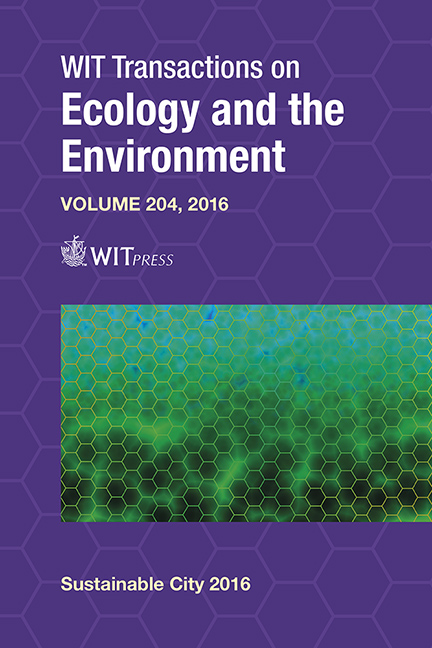Morphological Analysis Of The City For Achieving Design For Disassembly
Price
Free (open access)
Transaction
Volume
204
Pages
12
Page Range
15 - 26
Published
2016
Size
699 kb
Paper DOI
10.2495/SC160021
Copyright
WIT Press
Author(s)
P. Crowther
Abstract
While it is dangerously tempting to think of the city as a fixed built environment, the result of careful planning and design, it is in fact an ever changing system of infrastructures, buildings, spaces and materials. The commercial and social pressures of modern society demand constant newness and change. Unfortunately most of our cities are not designed or built to accommodate ease of change through disassembly; rather they succumb to demolition and the creation of waste. A strategy of design for disassembly has been successfully implemented in many mass produced products such as computers and cars, but it has not achieved popular or widespread application in the design and construction of cities.
This paper presents a theoretical model for understanding the potential for design for disassembly in the city in order to reduce waste and increase reuse. It explores multiple scales of the city from materials and elements, through rooms and buildings, to urban form and territories. The paper draws on a typomorphological analysis of the city through the theories developed by both the Italian and British schools of urban morphologists. It establishes a structure of time-related layers of the city and proposes ways to interact with those layers in a sustainable and systemic way. A morphological analysis of elements, structures, systems and organisms, is applied to a number of case study buildings and city territories in order to assess their disassembly potential, and through analysis, develop principles of design for disassembly that operate at a whole of city scale.
Keywords
design, disassembly, urban morphology, scales, time, layers, architecture, building, city





